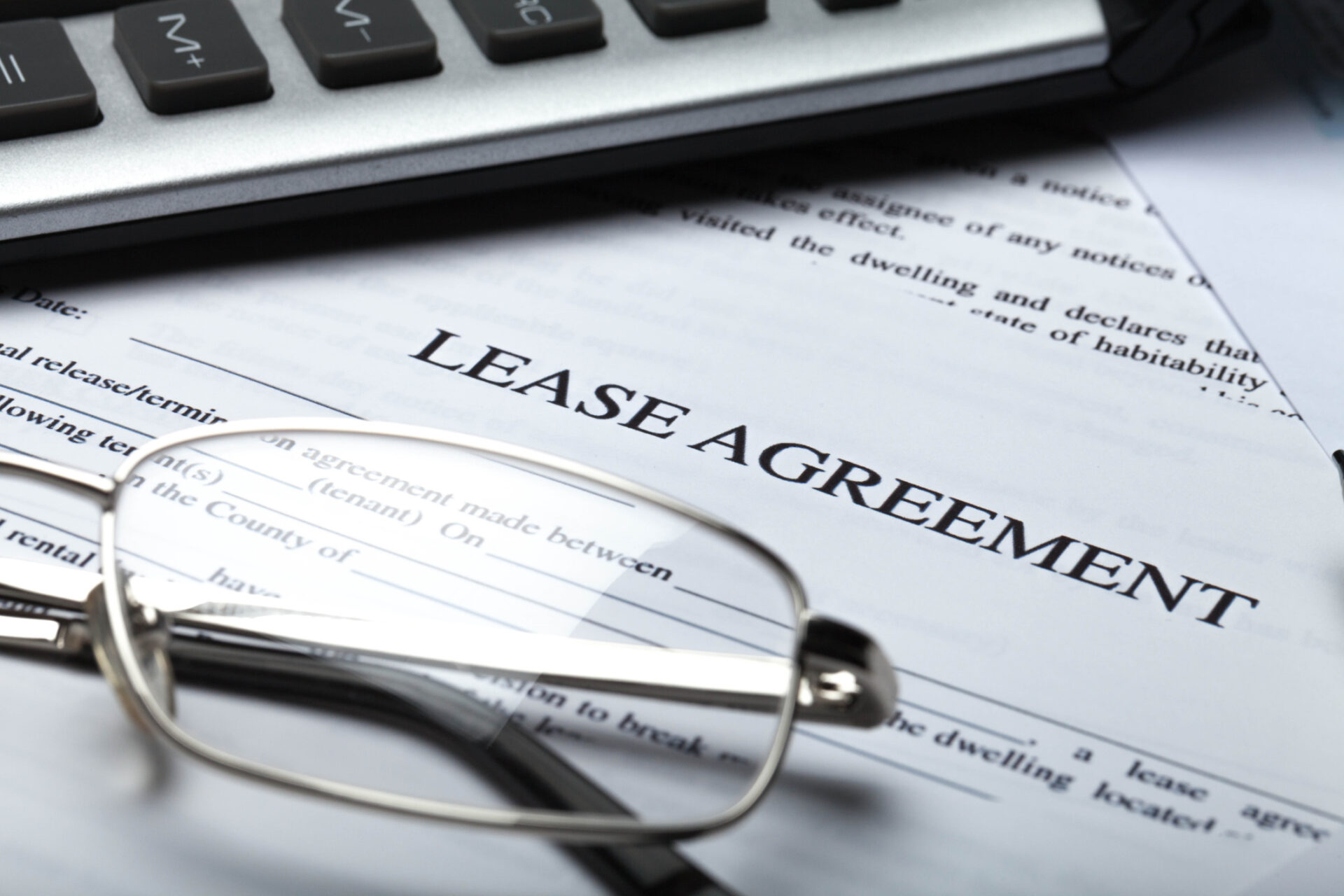There is talk of something known as the ’30 Percent Rule’ in copyright law. What is it? This rule suggests that you can virtually make a copy of another piece of art or copyrighted material, just so long as you change 30% of it. The notion is that, even if the created work is still 70% the work of another artist, that minor alteration is all it takes to free you from the risk of copyright infringement litigation.
This notion is false.
There is no such thing as the 30% rule in copyright law.
Not only is there no definite, satisfactory way to measure what counts as 30% of a piece of work, but any level of copying could result in cease-and-desist letters from a copyright holder. A rip-off is a rip-off, whether it’s 30% original or 60%.
What Can Be Copyright Protected?
Copyright protections were not originally created to ward off piracy and copycats. They were developed to reward the makers of artistic and creative endeavors with ownership and the right to make a profit on their creations. And in turn, copyrighted material that is making one person rich is meant to inspire others to pursue similar aims with their own work.
Copyrights give the creator of an artistic work exclusive ownership over that piece of work. Examples of materials that can be copyrighted include novels, films, television entertainment, literature, music, songs, and even architecture.
How Much Must Be Changed to Avoid Copyright Infringement?
Unlike other intellectual property, like the trademark or patent, one does not need to file for a copyright. Typically, concerns about copyright protection only come up in cases of infringement, like when someone mistakenly believes that a reproduction of another individual’s work that changes just enough is free game.
The only safe way to avoid the risk of copyright infringement is to create a wholly original piece of work. While it is fair to say that one may be inspired or influenced by others who came before them, this does not excuse copying or remixing their work to your personal benefit. If you wish to avoid angering the creators you admire, then it is best to create something new
What is ‘Fair Use’?
Fair use is not a law, and it does not automatically guarantee you any protection. Citing ‘fair use’ can be a defense if you are ever named in a copyright infringement case. While many outlets, both off and online, adhere to ‘fair use’ rules, there is always the risk that this may come back to bite them.
Typically, examples of fair use being allowed are reserved for critics, promotional pieces, and reviewers of a piece of content, who supply a snippet of the content they are speaking on for context. These pieces usually benefit the original creator and can allow for the use of copyrighted material. However, it is best to consult with the creator or their representatives for permission to use any part of their copyright-protected work so that you are approved under a fair use understanding.












